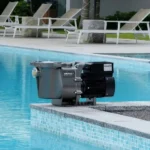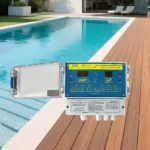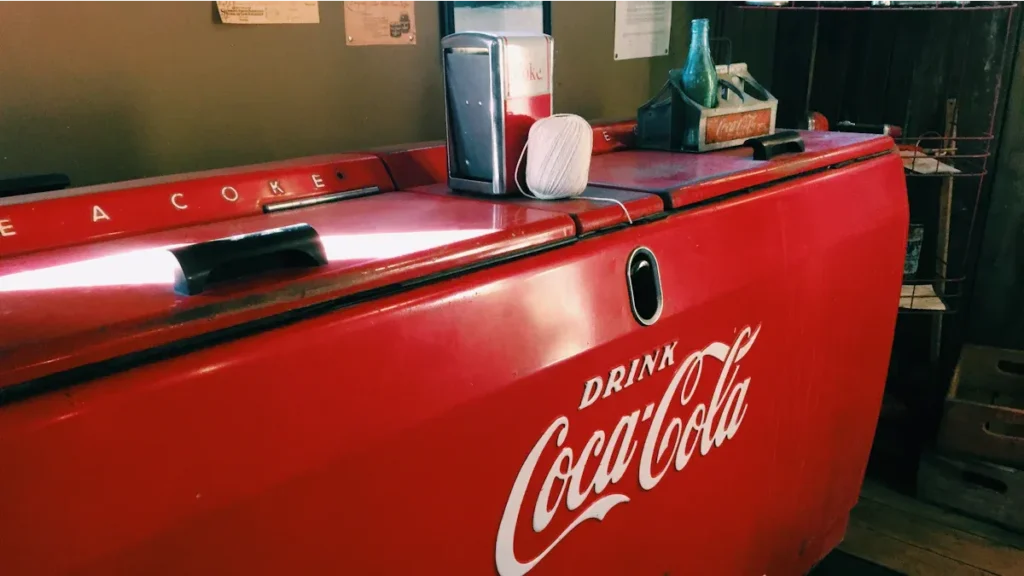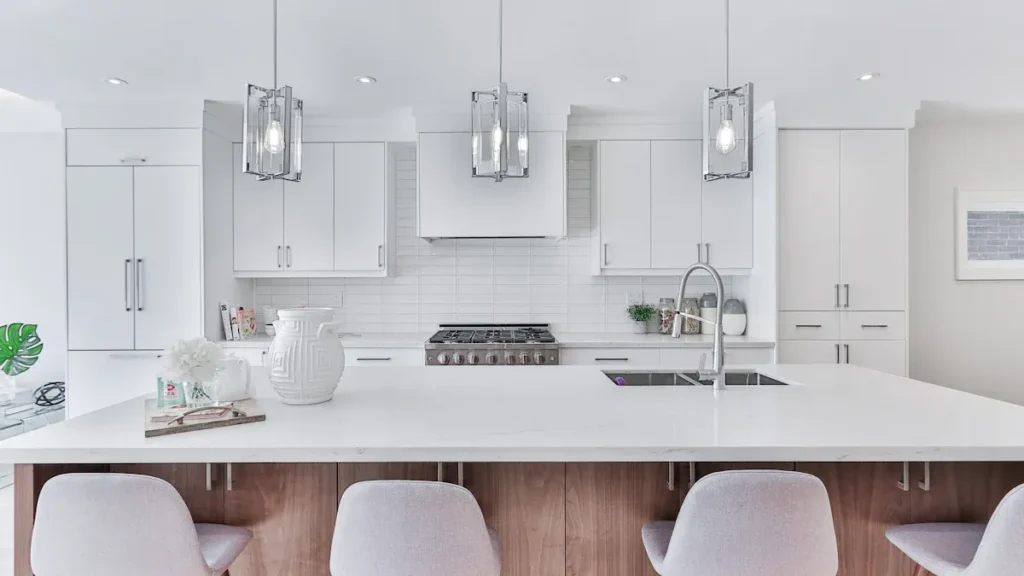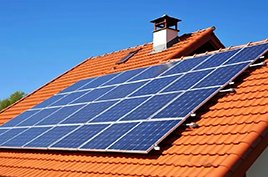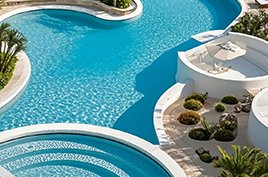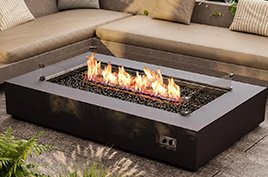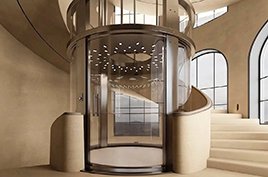Why Chemical Dosing Pumps Matter in Pool Disinfection
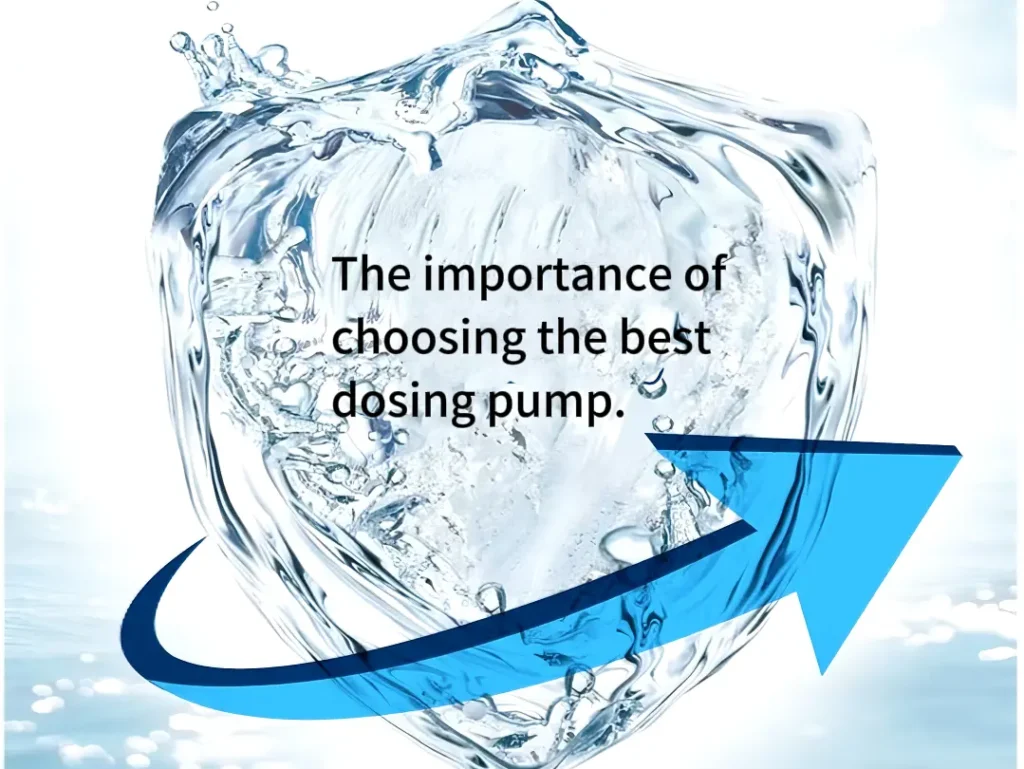
Maintaining crystal-clear, safe swimming pool water isn’t just about filtration—it also depends heavily on chemical balance. A chemical dosing pump is the core of an automated pool disinfection system, ensuring accurate and consistent delivery of disinfectants like chlorine, pH adjusters, or flocculants. Choosing the right dosing pump can improve water quality, reduce maintenance, and extend the life of your pool infrastructure.
In this guide, we explore how to choose the best chemical dosing pump for your pool, covering key factors such as pump type, flow rate, material compatibility, and control systems.
1. What Is a Chemical Dosing Pump and How Does It Work?
A chemical dosing pump, often referred to as a pool chemical feeder, is a device that automatically injects a specific volume of chemical into the water circulation system. It ensures that disinfectants like chlorine, pH balancers, or algaecides are introduced at consistent, controlled rates.
There are several types of dosing pumps used in pool systems:
- Peristaltic Pumps: Use a rotating roller to compress a flexible tube, pushing fluid through. Ideal for low-pressure applications and chemical dosing accuracy.
- Diaphragm Pumps: Employ a reciprocating diaphragm mechanism and check valves. Best suited for higher-pressure systems and more viscous fluids.
- Solenoid Pumps: Electrically actuated, suitable for automated dosing with excellent control precision.
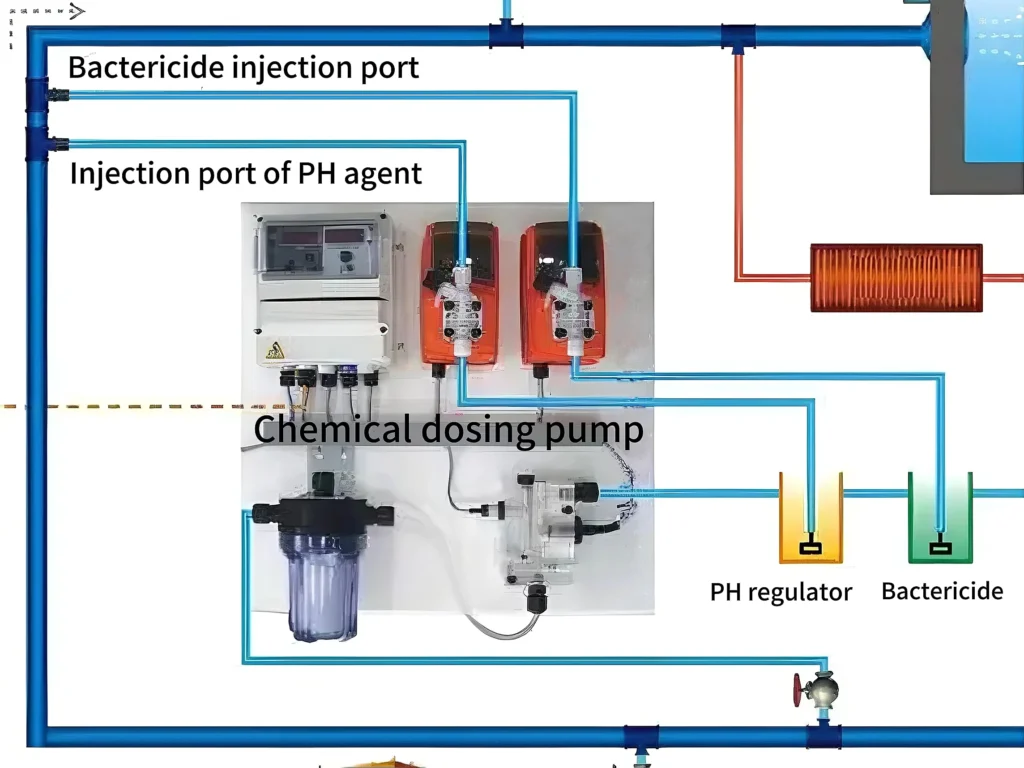
2. Why an Accurate Dosing Pump Is Critical for Pool Health
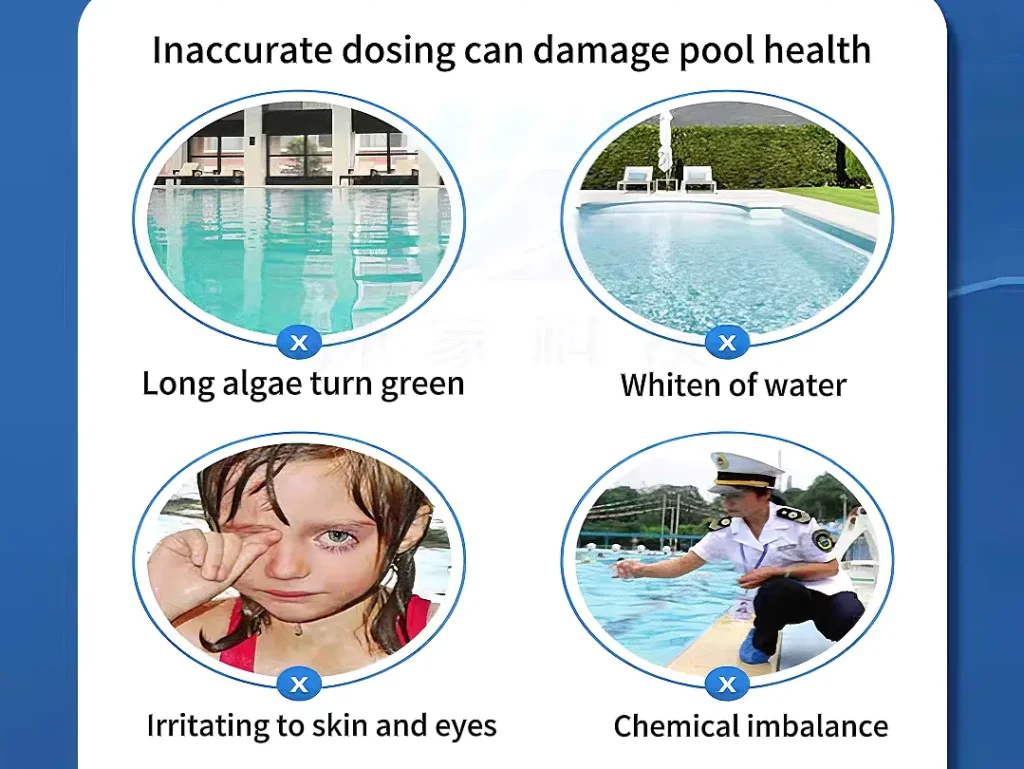
Poor chemical dosing can lead to several problems, such as:
- Overdosing, which may irritate skin and eyes, and damage pool equipment.
- Underdosing, which promotes algae growth and allows harmful bacteria to flourish.
- Chemical imbalance, causing pH fluctuations that reduce disinfectant effectiveness.
Using a high-quality dosing pump ensures the chemical levels remain within optimal ranges, making the pool safer for swimmers and easier to manage.
3. Key Factors to Consider When Choosing a Chemical Dosing Pump
a. Pool Size and Volume
Larger pools require pumps with higher dosing capacity and larger chemical reservoirs. Always check the flow rate (L/hr or GPD) of the pump to match your pool volume.
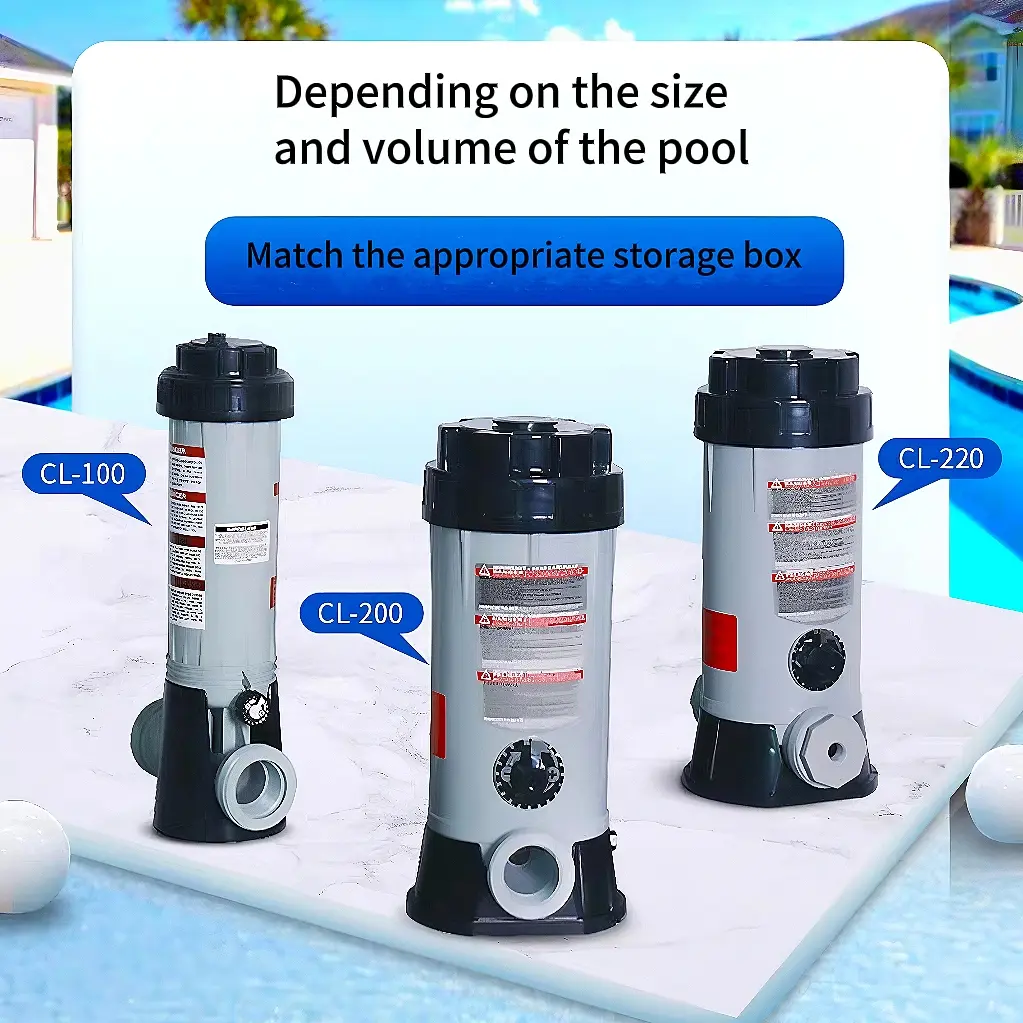
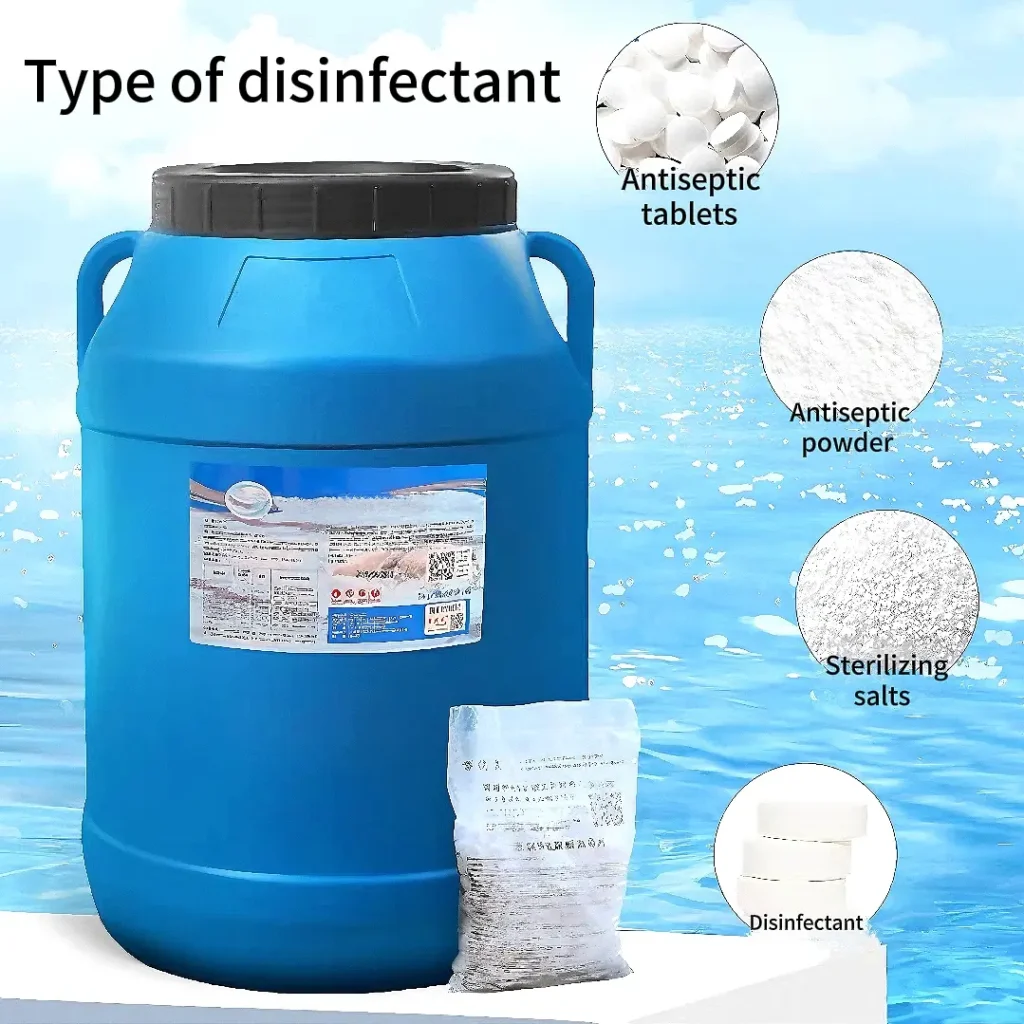
b. Type of Disinfectant Used
Different chemicals have different viscosities and corrosiveness. For example:
- Liquid chlorine or sodium hypochlorite: Requires corrosion-resistant materials like PVDF or PTFE.
- Acids (for pH control): Need pumps with acid-resistant seals and parts.
- Salt or mineral-based systems: Compatible with specific dosing technologies.
c. Automation and Integration
Modern dosing pumps can be integrated with pool water monitors for real-time adjustments. Look for models with:
- Digital displays
- pH/ORP sensor inputs
- Remote connectivity
This allows automatic adjustment of dosing levels based on live water quality data, minimizing human error.
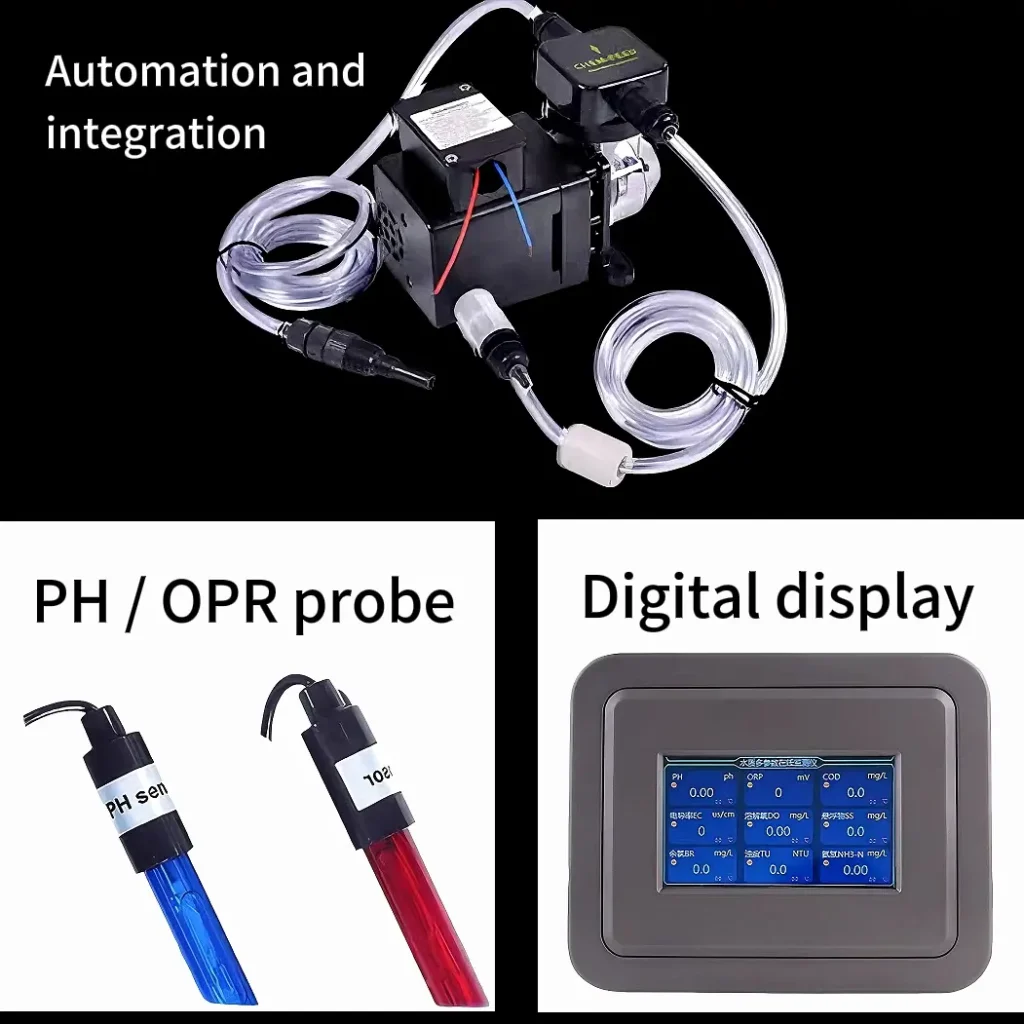
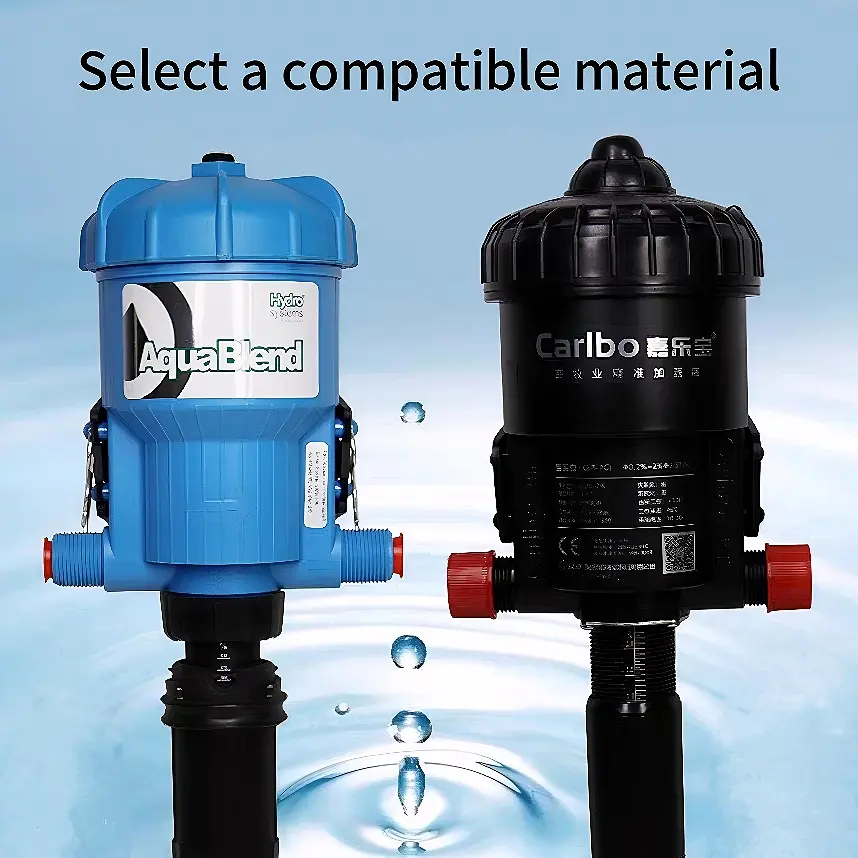
d. Material Compatibility
Ensure the pump body, tubing, and seals are compatible with the chemicals being dosed. Using incompatible materials can lead to corrosion, leakage, or pump failure.
e. Maintenance and Safety Features
A good dosing pump should have:
- Easy maintenance access
- Flow alarms or leak detection
- Safety shut-off features
- Backpressure handling
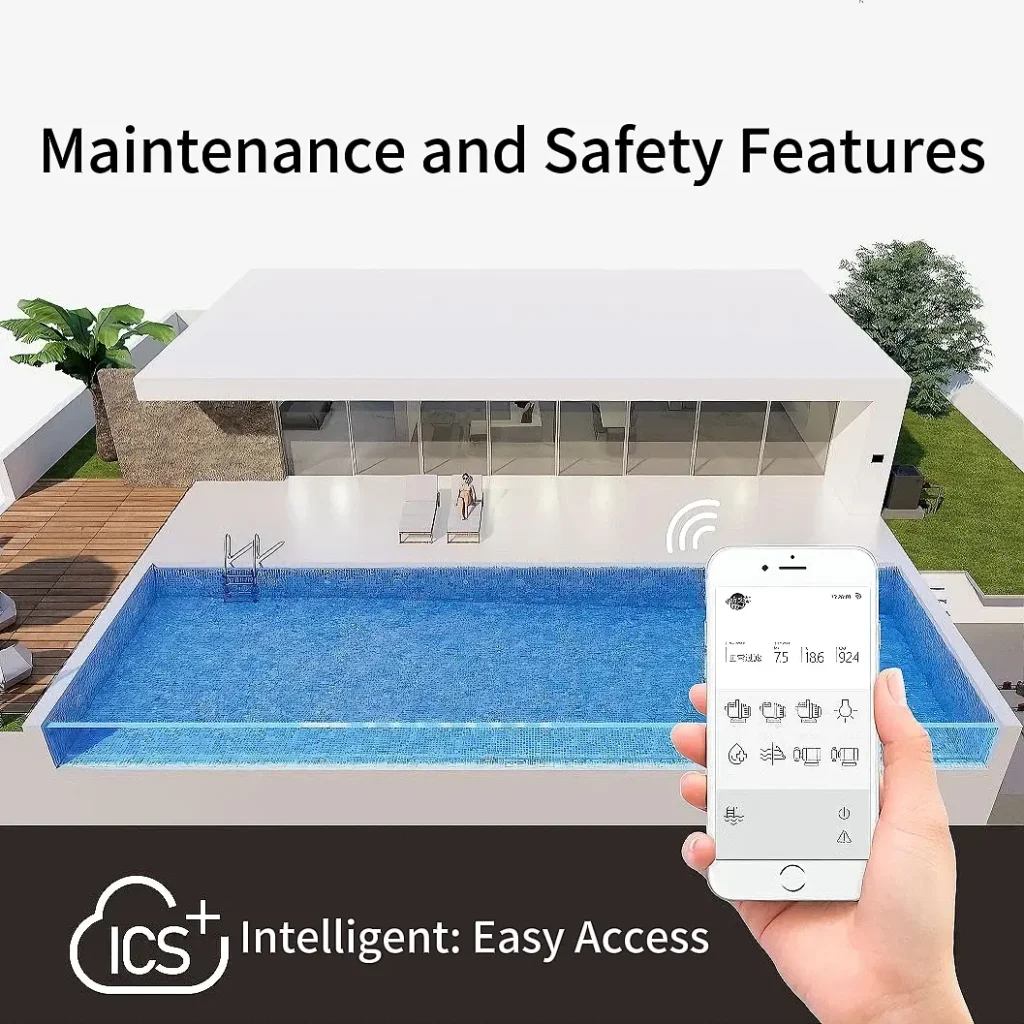
4. Comparing Common Pool Dosing Pumps
| Pump Type | Best For | Pros | Cons |
|---|---|---|---|
| Peristaltic | Residential pools, small hotels | Easy to maintain, precise dosing | Limited pressure capacity |
| Diaphragm | Commercial pools, resorts | High pressure, reliable for tough chemicals | Requires more maintenance |
| Solenoid | Smart pool systems | Digital control, highly responsive | Sensitive to power fluctuations |
5. Matching Your Pump to Your Disinfection Goals
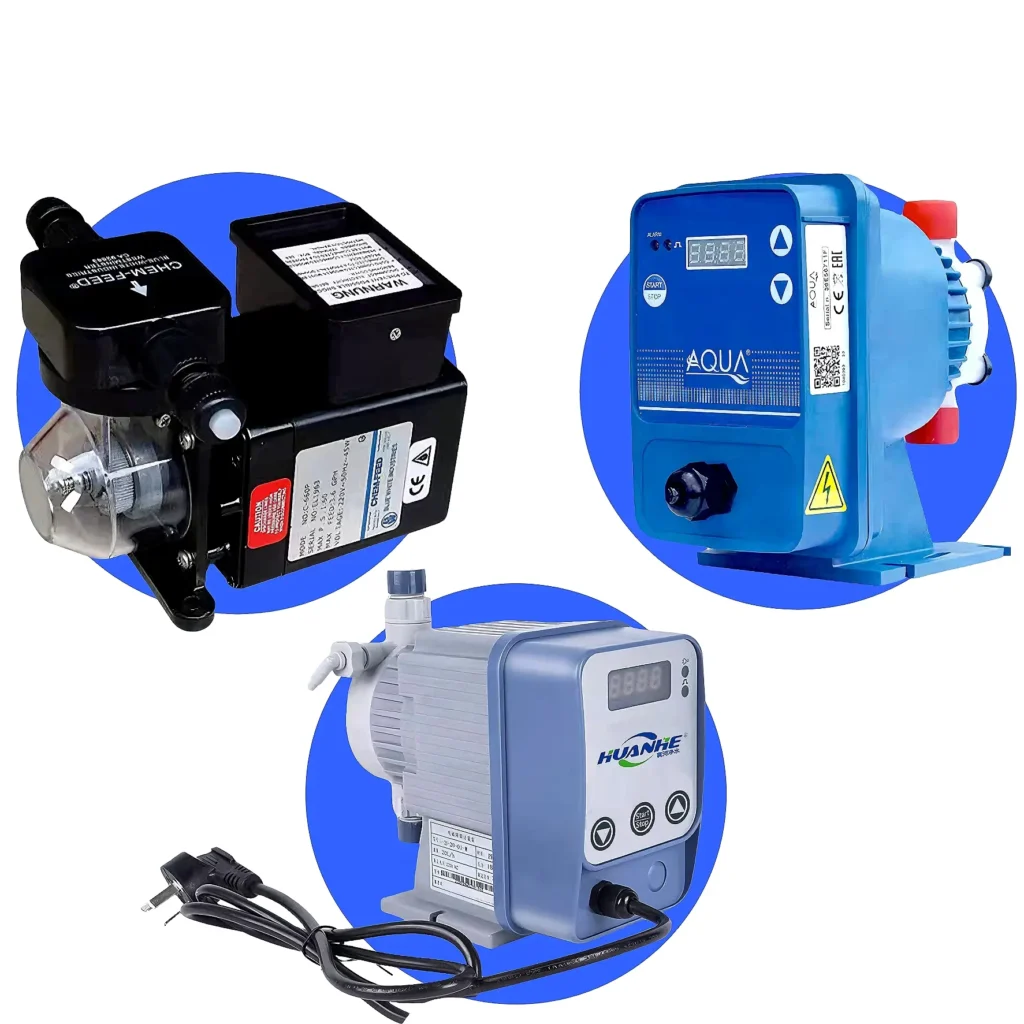
Different disinfection strategies call for different pump setups:
- Chlorine-based systems: Use diaphragm or peristaltic pumps depending on scale.
- pH control systems: Often need dual dosing pumps—one for acid and one for alkali.
- Advanced oxidation or UV systems: Require accurate control of supplementary chemicals like hydrogen peroxide or flocculants.
Work with your pool equipment supplier to assess your water chemistry needs and select a dosing pump setup accordingly.
6. Installation and Setup Tips
- Place the pump in a dry, ventilated area close to the chemical tanks.
- Prime the pump before first use to eliminate air bubbles.
- Regularly calibrate dosing volumes.
- Always wear protective gear during installation or maintenance.

7. Conclusion: Make an Informed Choice for Long-Term Pool Safety
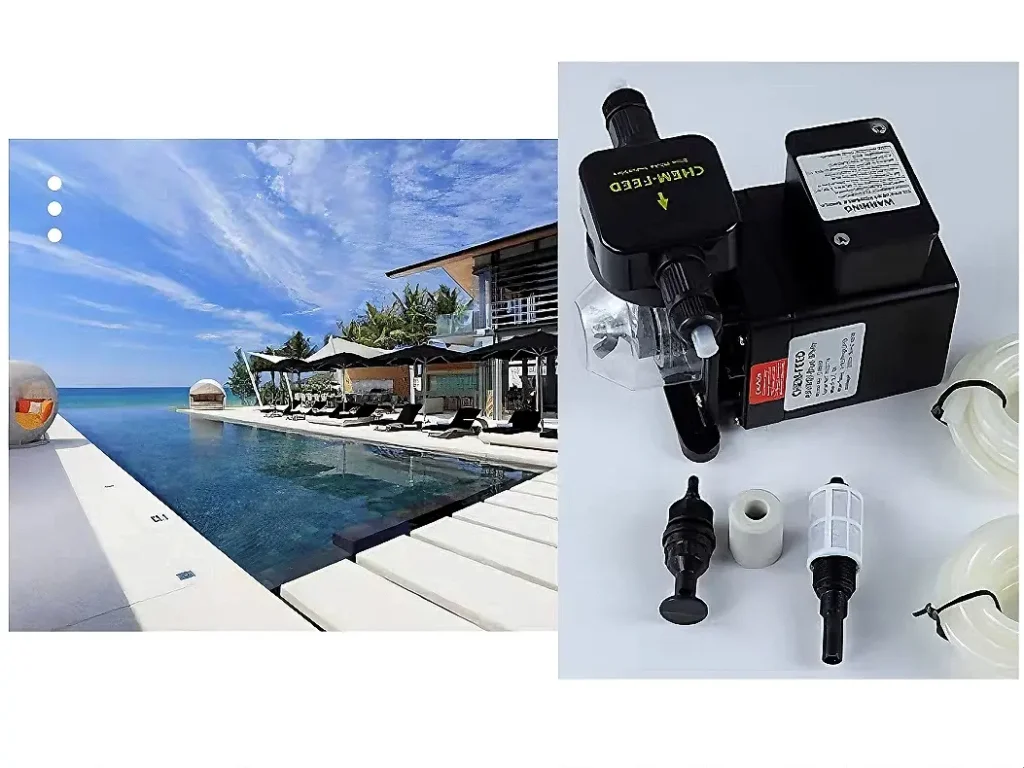
Choosing the right chemical dosing pump for your pool disinfection system is more than a technical decision—it’s a commitment to water safety, operational efficiency, and swimmer health. By considering the type of pump, your pool size, chemical compatibility, and automation needs, you can invest in a solution that delivers long-term reliability.
For pool owners, operators, or project managers seeking a hassle-free disinfection system, the right dosing pump is a vital part of your pool’s overall ecosystem. Consult with an experienced supplier to customize the right combination of pump, sensor, and controller for your pool.



